Description
Okay, let’s delve into the world of Sodium Thioglycolate, a chemical compound with a variety of uses that might surprise you. While the name might sound complex, understanding its properties and applications is quite insightful.
Sodium Thioglycolate: More Than Just a Chemical Name
Sodium thioglycolate (NaC₂H₃O₂S) is a salt derived from thioglycolic acid. At room temperature, it typically appears as a white crystalline powder. Its key characteristic lies in its ability to break down disulfide bonds, which are strong chemical linkages found in proteins, particularly keratin, the main component of hair, skin, and nails. This property makes it a versatile compound with applications spanning from cosmetics to scientific labs.
The Chemistry Behind the Magic:
The magic of sodium thioglycolate lies in its reducing power. Disulfide bonds (S-S) are the anchors that give proteins their structure and strength. Sodium Mercaptoacetate, acting as a reducing agent, breaks these bonds by donating electrons. This disruption weakens the protein’s structure, allowing it to be more easily manipulated. Think of it like cutting the ropes that hold a complex structure together – it becomes more pliable and easier to reshape.
Key Applications of Sodium Mercaptoacetate:
Here’s a breakdown of how this intriguing compound is used in different industries:
Hair Removal: This is arguably the most well-known application. Sodium thioglycolate is the active ingredient in many depilatory creams and lotions. By breaking down the disulfide bonds in hair keratin, it weakens the hair shaft, making it easy to wipe or rinse away. The resulting effect is smoother skin.
Mechanism: The alkaline nature of these products further aids in breaking down the hair structure and softening the surrounding keratin.
Considerations: It’s important to note that depilatories are not permanent hair removal methods. They remove hair at the surface, not the root. Also, due to their harsh nature, they can irritate sensitive skin and should be used with caution.
Permanent Waving: Similar to hair removal, sodium thioglycolate, often in combination with other chemicals, is used in permanent waving (perms). Here, the goal isn’t to remove the hair but to reshape it. After applying the treatment, the hair is curled around rods, and the sodium thioglycolate disrupts the disulfide bonds, allowing the hair to assume the new shape. A neutralizer is then applied to create new disulfide bonds, fixing the hair in the desired wave or curl pattern.
Thiolation of Polymers: Sodium Mercaptoacetate can be used to introduce thiol (SH) groups onto polymers. These thiolated polymers can have various applications, such as in medical devices, drug delivery systems, and biosensors. The thiol groups provide a reactive site for further modification and conjugation.
Bacteriological Media: In microbiology, sodium thioglycolate is a component of thioglycolate broth, a popular culture medium used for cultivating anaerobic bacteria (bacteria that thrive in the absence of oxygen). It acts as a reducing agent, lowering the oxygen level within the media, thus creating a favorable environment for anaerobic growth.
Laboratory Reagent: Due to its reducing abilities, sodium thioglycolate is routinely used as a reagent in various laboratory protocols, particularly in biochemical and analytical chemistry.
Industrial Applications: Sodium Mercaptoacetate can be used in industrial processes such as leather tanning. It also has applications in the production of certain types of dyes and pigments.
Safety Considerations:
While sodium thioglycolate is a versatile chemical, it’s essential to be aware of potential safety concerns:
Skin Irritation: As mentioned earlier, it can be irritating to the skin, especially in higher concentrations. It can cause redness, burning, and even allergic reactions in sensitive individuals. Always follow product instructions carefully and perform a patch test before applying to large areas.
Eye Irritation: Contact with eyes can be extremely painful and even cause damage. Always wear appropriate eye protection when handling products containing sodium thioglycolate.
Inhalation: While less common, inhalation of fine powder can cause respiratory irritation. It’s advisable to work in a well-ventilated area when handling the pure form of this compound.
Environmental Considerations: It’s important to dispose of products containing sodium thioglycolate responsibly, as it can potentially affect aquatic environments.
In Conclusion:
Sodium thioglycolate is a powerful and versatile chemical with a wide range of applications. From enabling smoother legs in depilatories to facilitating research in biotechnology laboratories, this compound plays a crucial role in many industries. Understanding its properties and potential side effects allows for its safe and effective utilization, showcasing the intriguing ways chemistry shapes our daily lives. While its applications might seem simple on the surface, the chemistry behind them is a testament to the importance of chemical reactions in various fields. As with any chemical compound, it’s vital to use sodium thioglycolate with proper precautions and awareness.

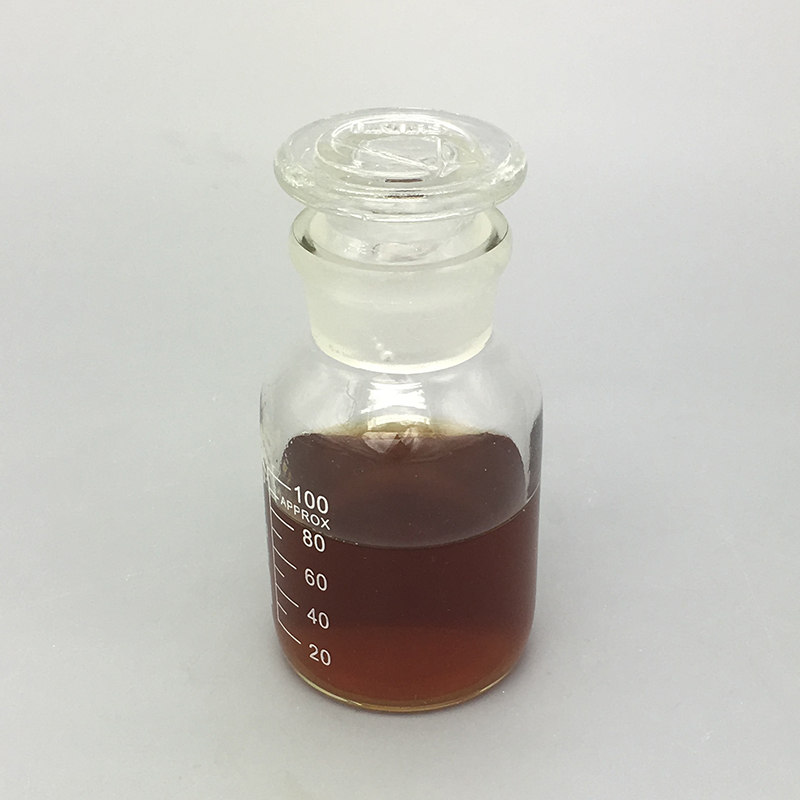
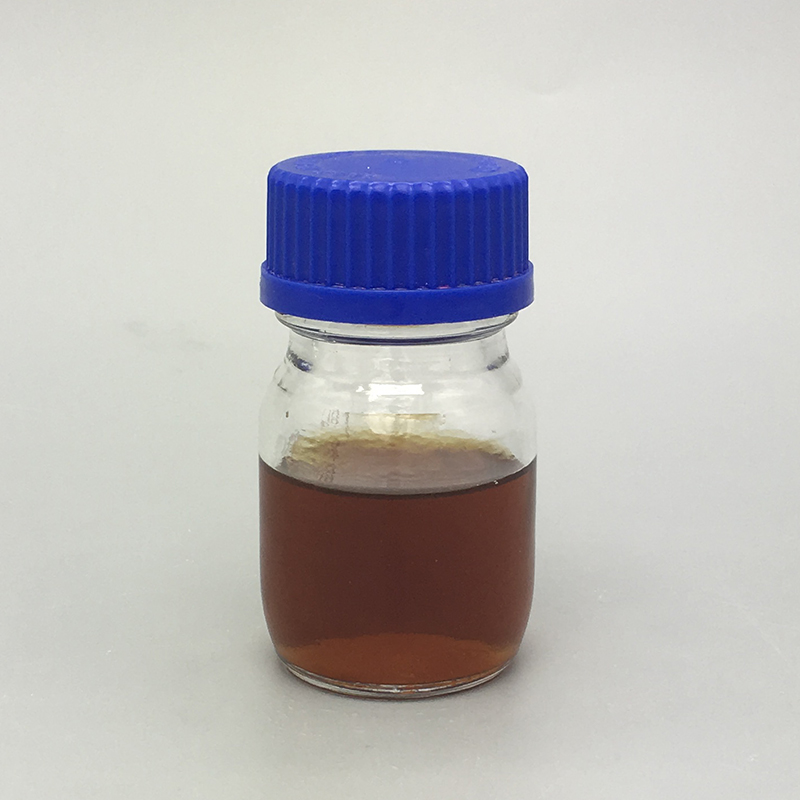


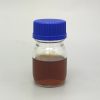
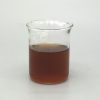

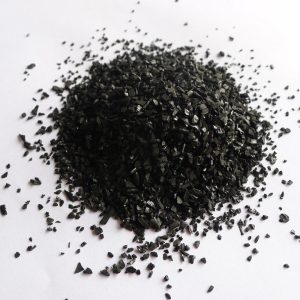
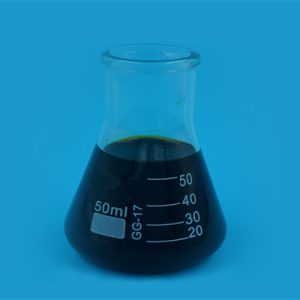
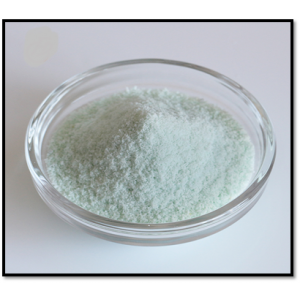

Reviews
There are no reviews yet.